Plum tree ID needed
Lee-in-VT
10 years ago
Featured Answer
Sort by:Oldest
Comments (23)
Tony
10 years agoLee-in-VT
10 years agoRelated Professionals
Kenmore Landscape Architects & Landscape Designers · Lakewood Landscape Architects & Landscape Designers · Wareham Landscape Architects & Landscape Designers · Woodinville Landscape Architects & Landscape Designers · Zion Landscape Architects & Landscape Designers · Pelham Landscape Contractors · Wake Forest Landscape Contractors · Clayton Landscape Contractors · Eureka Landscape Contractors · Firestone Landscape Contractors · Florham Park Landscape Contractors · Fort Payne Landscape Contractors · Fort Payne Landscape Contractors · Madera Landscape Contractors · Ocoee Landscape ContractorsScott F Smith
10 years agomilehighgirl
10 years agoswampsnaggs
10 years agoLee-in-VT
10 years agoeboone_gw
10 years agohannah9880
10 years agoLee-in-VT
10 years agoLee-in-VT
10 years agofranktank232
10 years agoswampsnaggs
10 years agoLee-in-VT
10 years agohannah9880
10 years agoScott F Smith
10 years agofranktank232
10 years agohannah9880
10 years agofranktank232
10 years agoLee-in-VT
10 years agohannah9880
10 years agoLee-in-VT
10 years agoScott F Smith
10 years ago
Related Stories

FRUIT TREESHow to Grow Your Own Juicy Plums
Easier than other stone fruits and with a variety of colors to choose from, plums are a versatile garden addition
Full Story
EDIBLE GARDENSGrow Plum Hybrids for Your Favorite Fruit Flavors
Plums are cozying up with apricots, peaches and even cherries — here’s how to grow these hybrids for the best aspects of each
Full Story
COLORBest Ways to Use Exclusive Plum, Sherwin-Williams’ Color of 2014
Pretty, moody, maybe even a neutral, this toned-down grayish purple can work in any room. Here's how
Full Story
MAN SPACESWhy Men Really Do Need a Cave
Don't dismiss cars, bars and the kegerator — a man space of some kind is important for emotional well-being at home
Full Story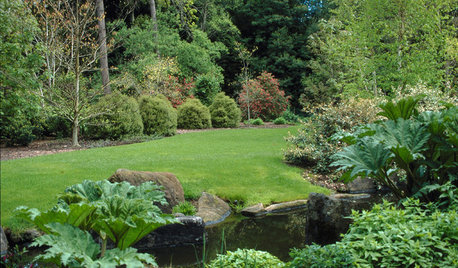
GARDENING GUIDESYou Don't Need Prairie to Help Pollinators
Woodlands, marshes, deserts — pollinators are everywhere
Full Story
FUN HOUZZEverything I Need to Know About Decorating I Learned from Downton Abbey
Mind your manors with these 10 decorating tips from the PBS series, returning on January 5
Full Story
HOUSEKEEPINGWhen You Need Real Housekeeping Help
Which is scarier, Lifetime's 'Devious Maids' show or that area behind the toilet? If the toilet wins, you'll need these tips
Full Story
REMODELING GUIDESGet What You Need From the House You Have
6 ways to rethink your house and get that extra living space you need now
Full Story





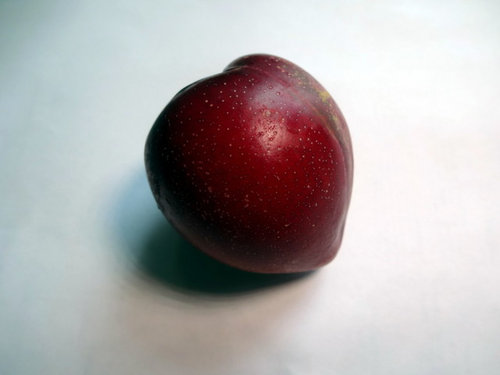
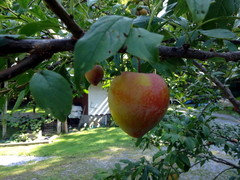
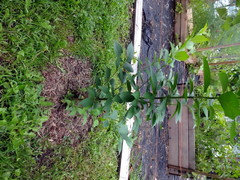
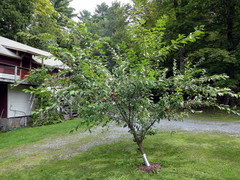
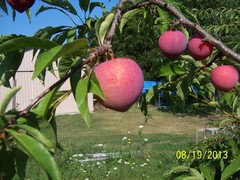



hannah9880